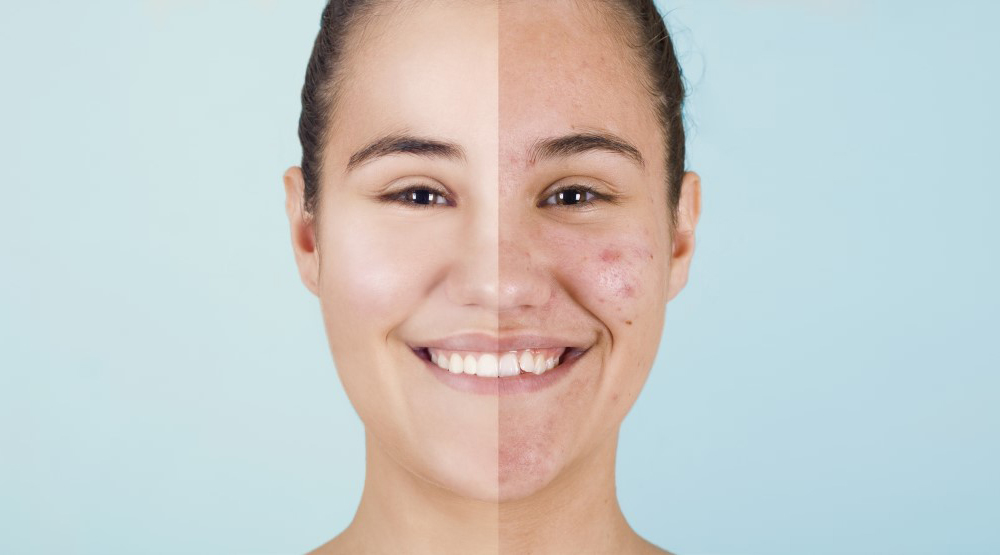Despite popular belief, teenage acne isn’t always a pathological condition that needs to be treated as such, according to a new report
Published in the Trends in Immunology journal, the report Acne: Transient Arrest in the Homeostatic Host-Microbiota Dialog?” by researchers at the University of Debrecen in Hungary concludes that teenage age may instead “be a natural, transient inflammatory state occurring when the maturing facial skin is exposed to new microbes and enhanced sebum production”.
“The main take-home message is that, instead of considering acne as an accidentally occurring disease accompanied by pathological processes, we propose that acne is unavoidable inflammation precipitated by physiological changes of sebaceous skin during adolescence,” says lead author Andrea Szegedi.
She explains that acne vulgaris is unique among inflammatory skin diseases due to its localisation to regions rich in sebum-producing sebaceous glands, its occurrence within a narrow age range and its frequent resolution which sees “spontaneous remission in up to 50 percent of cases in contrast to other inflammatory skin diseases such as psoriasis and rosacea which have chronic intermittent courses”.
“Our hypothesis, that acne is a naturally developing, transient inflammation state, rather than a pathological skin disease, challenges conventional thinking,” Szegedi says.
“This hypothesis incorporates recent scientific data and may explain special clinical characteristics of acne.”
Szegedi cites evidence in mice showing that even a short-term encounter with new commensal microbes on the skin can initiate the robust accumulation of T lymphocyte white blood cells producing pro-inflammatory cytokines, including interleukin 17 and interferon gamma. They also highlight messenger RNA data showing that acne lesions contain more pro-inflammatory cytokines characteristic of host-microbiota interactions than healthy skin.
Moreover, “acne-associated bacteria can induce both homeostatic and inflammatory states”.
For example, “Cutibacterium acnes strains associated with acne are capable of activating T cells that produce interleukin 17 and interferon gamma, while other C. acnes strains associated with healthy skin promote protective immune responses”.
Szegedi and her co-authors argue that their research suggests that the development of new treatments should focus on promoting mechanisms that restore homeostasis between facial skin and its microbial and chemical milieu.
“Future research should focus on identifying how acne spontaneously resolves, for example, through reduced sebum production, compositional changes in C. acnes strains, the regulation of the skin immune system, or improved skin barrier integrity,” the authors said.
“We are convinced that this research will be highly instrumental for the development of new and innovative treatments for acne.”
For more news and updates, subscribe to our weekly newsletter.

